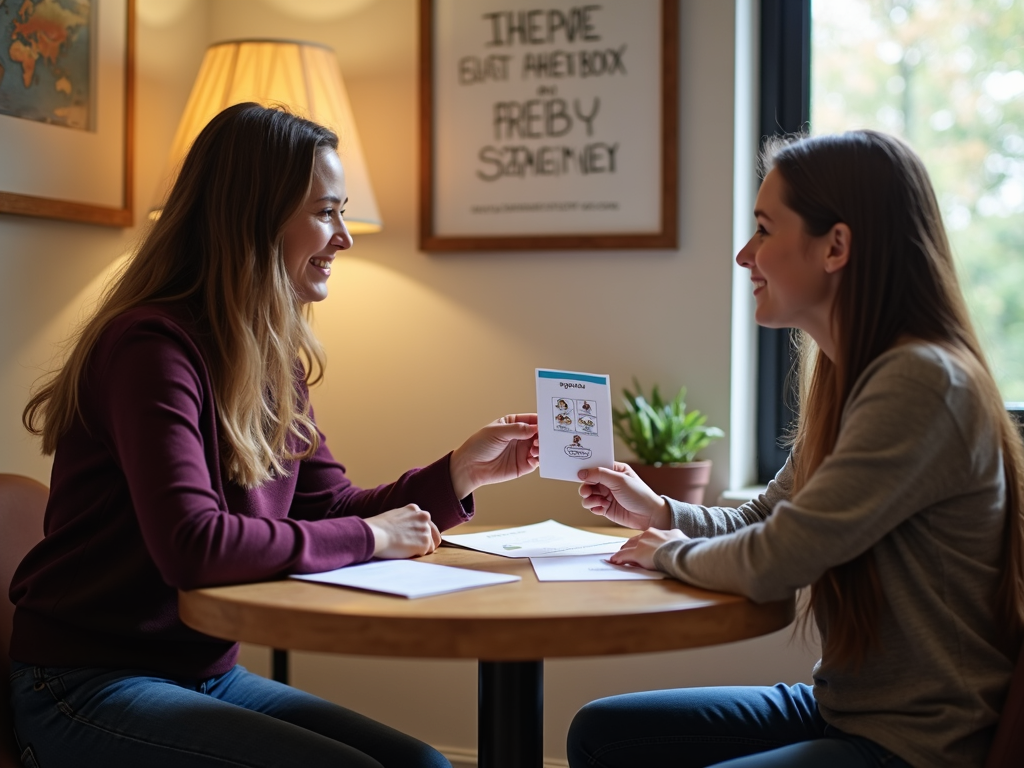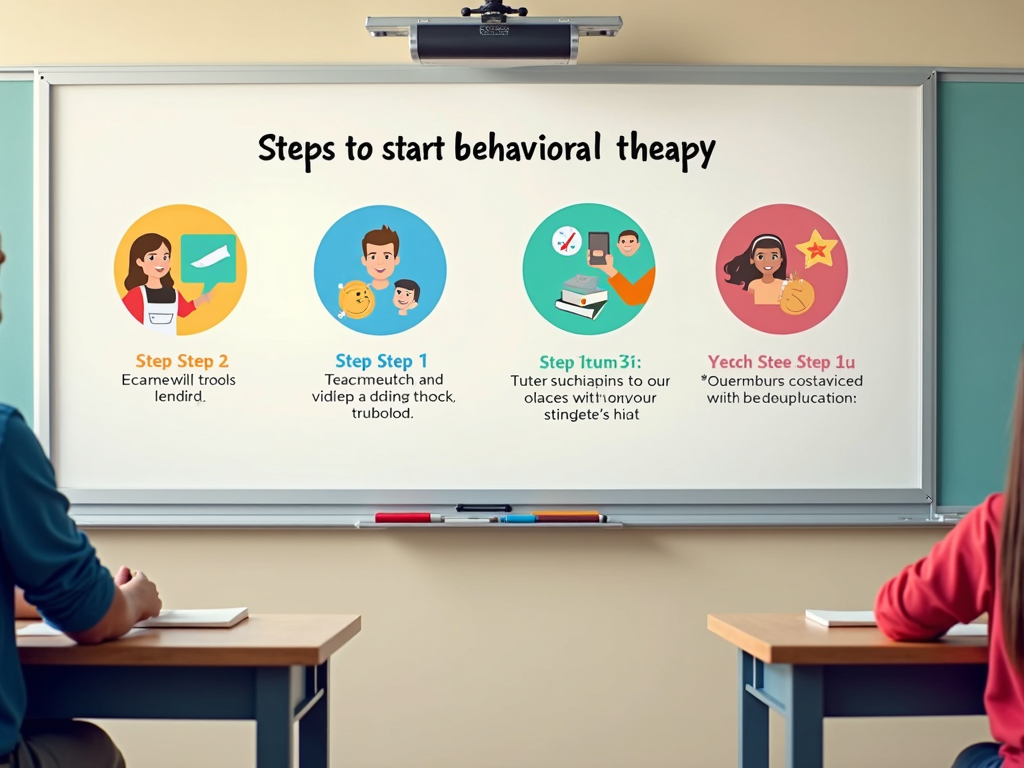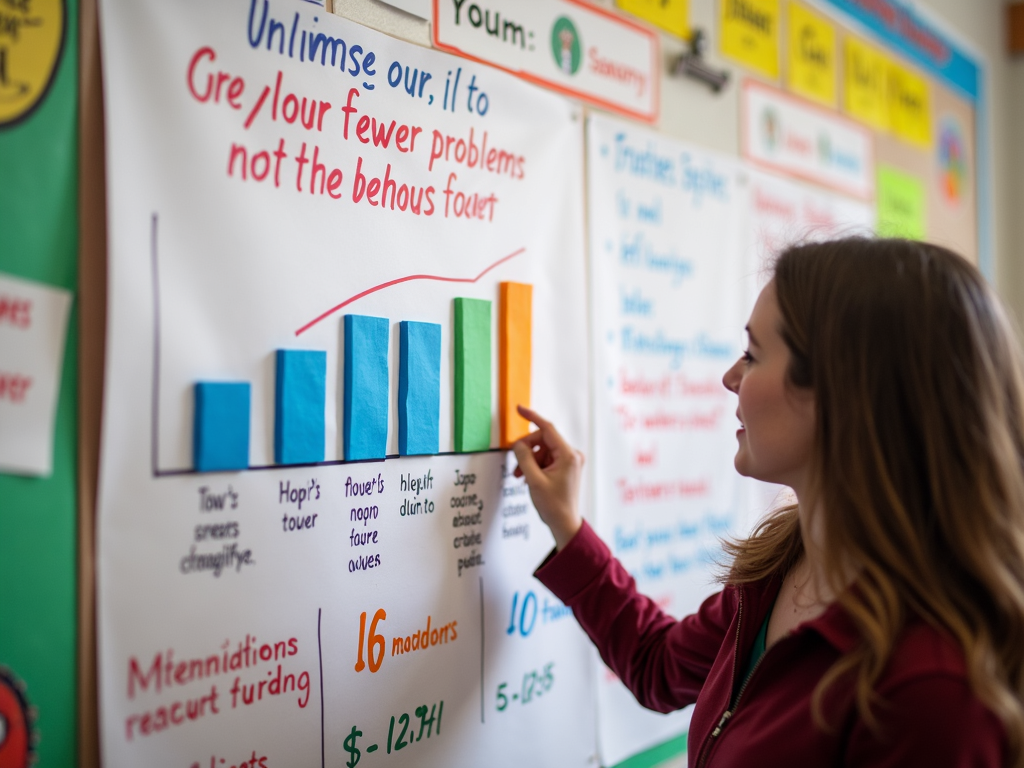Overview
Behavioral therapy is transforming schools by helping students manage their behavior and thrive academically. This article explores Success Stories: Schools Embracing Behavioral Therapy, showing how integrating behavioral therapy into school curriculums can create positive change. From better focus to happier classrooms, let’s dive into real examples and actionable steps.
What Is Behavioral Therapy and Why It Matters
Behavioral therapy helps people change their actions using positive rewards and clear strategies. In schools, it supports students who struggle with behavior, making learning easier for everyone. A popular method, Applied Behavior Analysis (ABA), breaks behaviors into small steps and encourages progress with praise or small rewards, like extra playtime. Schools using this see calmer classrooms and more engaged students. It’s not just about fixing problems—it’s about building skills for life.

Success Story 1: XYZ School’s Big Turnaround
At XYZ School, behavior issues used to disrupt classes daily. Then, they started a program with Applied Behavior Analysis. Teachers used rewards like stickers for good behavior, and students got one-on-one help when needed. At first, some teachers and parents weren’t sure it would work—they worried it would take too much time. But soon, things changed. Take John, a student who used to interrupt lessons. With ABA, he learned to wait his turn and now joins discussions. Sarah, who felt anxious in groups, gained confidence with therapy support. The school now buzzes with focus and teamwork.

Success Story 2: ABC School’s Personal Touch
ABC School took a different path. Instead of a big program, they hired therapists to work one-on-one with students who needed extra help. Each student got a custom plan to tackle their challenges. Michael, who used to avoid friends, learned social skills and now plays with classmates. Emily, who fell behind because of distractions, found focus with her therapist’s tips and now shines in class. Teachers say the classrooms feel more welcoming. This focused approach shows how integrating behavioral therapy into school curriculums can lift individual students and the whole school.

How to Implement Behavioral Therapy in Schools
Ready to bring behavioral therapy to your school? Here’s how to start:
1. Check What’s Needed: Watch students and talk to teachers to spot behavior challenges.
2. Make a Plan: Set clear goals and pick strategies like ABA. Decide if you need therapists or training.
3. Train Everyone: Teach staff how to use rewards and track progress.
4. Keep Improving: Check how students are doing and tweak the plan.
Work with parents too—they can help at home. Celebrate wins, big or small, to keep everyone motivated.

Real Benefits for Students and Teachers
Behavioral therapy does wonders. Students focus better, get along with friends, and feel proud of their work. Teachers enjoy calmer days and less stress. A study from the National Center for Biotechnology Information found a 50% drop in disruptions and a 20% jump in grades with therapy programs. The American Psychological Association says schools see fewer timeouts and happier vibes overall. Kids learn skills like staying calm or solving problems—things they’ll use forever. Teachers feel supported, not overwhelmed.

Challenges and How to Overcome Them
Starting isn’t always easy. Some schools lack money or trained staff. Others face pushback from parents who don’t get it yet. XYZ School solved this with open meetings to show results. ABC School partnered with a local clinic for therapists. Be patient—change takes time. Share stories like John’s or Emily’s to win people over. Small steps lead to big wins.
Tips for Long-Term Success
To keep behavioral therapy working:
- Track Progress: Use charts or apps to see what’s improving.
- Stay Flexible: Adjust plans as students grow.
- Build a Team: Get teachers, parents, and therapists talking.
Data helps too. If disruptions drop 30% in a month, you’re on the right track. Keep it simple and steady.

Conclusion
Success Stories: Schools Embracing Behavioral Therapy prove it’s worth the effort. From XYZ’s big program to ABC’s personal plans, integrating behavioral therapy into school curriculums helps students shine and teachers thrive. Try these ideas in your school—small changes can make a big difference. Want more? Check out the readings below!
Discuss Here